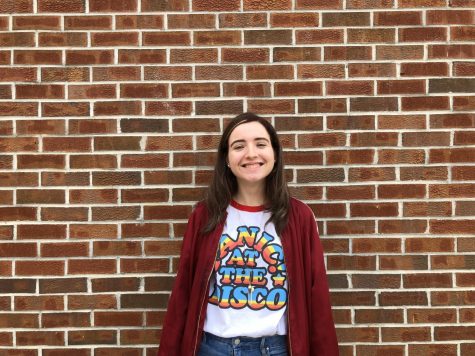Atlanta Pride: The most anticipated event

The Gay Pride Festival in the U.S is held every year nationwide. With its grassroots taking place between the 1950s and 1960s, the LGBT community of its time started to promote the fight their rights even more loudly and forcefully. The first Pride event wasn’t a festival or a march. Instead, activists handed out flyers. Atlanta Pride specifically began in 1971, during the one-year anniversary of the New York City Stonewall Riots (a series of violent confrontations that occurred between police and gay rights activists outside the Stonewall Inn that sparked an international gay rights movement.) The Georgia Gay Liberation front led the first Pride, and it went from Peachtree Street to Piedmont Park. The following year, hundreds of people marched in the parade, which was covered by local television stations. In 1973, marchers wore paper bags over their heads to hide their identity, protecting themselves from the dangers they may face and to represent how invisible they felt in their communities. Since then, from the founding of the Dyke March in 1983 to obtain around 300,000 attendees in 2017, Atlanta Pride has only grown ever stronger with the continuous support of the LGBT community and its allies.
Atlanta Pride 2018 was held from October 12 to October 14. Many people wonder why Atlanta’s Pride Festival is held during October and not in June like most states, (which celebrate it in this month because of the historic 1969 Stonewall Riots) and the reason for that is because, in 2008, a drought forced Pride to a different date and out of Piedmont Park. The following year, the festival returned to Piedmont and moved to October (which was coincidentally near to National Coming Out Day). The dates have been followed ever since. During this year’s festival, two marches were held: the Trans March (first held in 2009), and the Dyke March.
Moreover, the Pride Parade was held on Sunday, October 14. Pride floats ranged from supportive corporations such as State Farm and Coca-Cola to promotional displays for Stacey Abrams’ candidature. Many people were found smiling and having fun, delighting in the theatrics that many float squads performed.
With hundreds upon thousands of people attending, it is no surprise that the expectations for this big event are high. In an interview with a first-time Pride-goer, when questioned about his expectations versus realities of the festival, he responded, “I liked how unapologetically gay the people were, from their outfits to other forms of self-expression. I didn’t expect the angry Christian protesters that showed up and were trying to ruin the fun, but it doesn’t matter because they didn’t succeed. On a lighter note, it was a great experience, and I can’t wait to go again.” Another attendee, who also went to Atlanta Pride for the first time, commented, “I loved getting the chance to be surrounded by so many amazing people that I can associate and have fun with. I liked seeing how everyone was having fun! But I didn’t expect or like the protesters though.”
Celebrating Pride is important because there is still so much work to be done in regards to LGBT liberation, and because others don’t always have the freedom to celebrate. In the year of 2018, when the ruling Trump administration is trying to define transgender out of existence, and gay men in Chechnya and other countries are being persecuted and exterminated, the time is now to be louder with support than ever. Pride in Atlanta is one of the oldest and largest Pride parades in the United States. There is so much LGBT history in Atlanta that gets glossed over, and now is the time to change that. Whether browsing the LGBT collections at the Kenan Research Center, or attending an event at Charis Books (one of the oldest feminist bookstores in the country), or donating to the Lost-N-Found LGBT Youth Center, support is needed everywhere. The future of Atlanta Pride lies in the hands of its residents with open minds and open hearts.

Meet Isabella Gabrielle Emanueli Herrero. Isabella moved to Georgia from Puerto Rico because of the effects of Hurricane Maria. She states, “I think...

